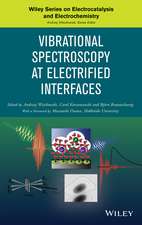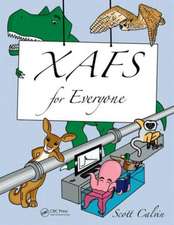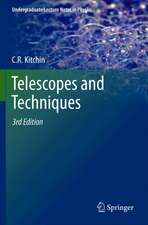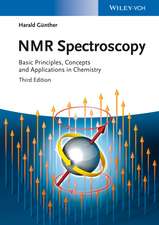Interatomic Potentials and Simulation of Lattice Defects
Editat de P. Gehlenen Limba Engleză Paperback – 12 dec 2012
Preț: 674.89 lei
Preț vechi: 793.99 lei
-15% Nou
Puncte Express: 1012
Preț estimativ în valută:
129.14€ • 135.17$ • 107.49£
129.14€ • 135.17$ • 107.49£
Carte tipărită la comandă
Livrare economică 31 martie-14 aprilie
Preluare comenzi: 021 569.72.76
Specificații
ISBN-13: 9781468419948
ISBN-10: 1468419943
Pagini: 808
Ilustrații: XX, 782 p.
Dimensiuni: 178 x 254 x 42 mm
Greutate: 1.37 kg
Ediția:Softcover reprint of the original 1st ed. 1972
Editura: Springer Us
Colecția Springer
Locul publicării:New York, NY, United States
ISBN-10: 1468419943
Pagini: 808
Ilustrații: XX, 782 p.
Dimensiuni: 178 x 254 x 42 mm
Greutate: 1.37 kg
Ediția:Softcover reprint of the original 1st ed. 1972
Editura: Springer Us
Colecția Springer
Locul publicării:New York, NY, United States
Public țintă
ResearchCuprins
One Introductory Lectures.- 1. Computer Experiments With Lattice Models.- 2. Potential Functions and the Simulation of Defects in Lattice Dynamical Defect Problems.- 3. The Theory of Interatomic Potentials in Solids….- 4. Ion-Ion Interactions in Metals: Their Nature and Physical Manifestations.- 5. Kanzaki Forces and Electron Theory of Displaced Charges in Relaxed Defect Lattices.- Two Interatomic Potentials.- 1. Screening Functions in Simple Metals.- 2. The Direct Construction of the Lattice Green Function.- 3. Computer Simulation of Quantum Phenomena.- 4. On the Validity of Two-Body Potentials in Metals.- 5. Experimental Techniques Used to Obtain Potentials.- 6. Molecular Dynamics Studies of Liquids.- 7. Interatomic Potentials; Aspects Which are Visible in Experimental Radial Pair Distributions.- 8. Derivation of Long-Range Interaction Energies from Diffuse Scattering in Diffraction Patterns.- 9. The Study of Interatomic Potentials by Planar Channeling Experiments.- Three Point Defects.- 1. Defect Calculations for FCC and BCC Metals.- 2. Pseudopotential Calculation of Point Defect Properties in Simple Metals.- 3. Impurity Atom Effects in Metallic Crystals.- 4. Rare Gases in Metals.- 5. On Pseudopotential Calculation of Point Defects in Metals.- 6. Computer Simulation of the Short-Term Annealing of Displacement Cascades.- 7. Computer Simulation of Atomic Displacement Cascades in Solids.- 8. Temperature Dependence of the Vacancy Formation Energy in Krypton by Molecular Dynamics.- Agenda Discussion: Point Defects.- Four Dislocations and Stacking Faults.- 1. Influence of Dislocations on Electron Microscope Crystal Lattice Images.- 2. On the Motion of the a/2 Screw Dislocation in Models of ?-Iron.- 3. On the Factors Controlling the Structure of the Dislocation Cores inBCC Crystals.- 4. Extended Defects in Copper and Their Interactions with Point Defects.- 5. Partial Dislocation Interactions in a Face-Centered Cubic Sodium Lattice.- 6. The Motion of Screw Dislocations in a Model B.C.C. Sodium Lattice.- 7. Atomistic Calculations of Peierls-Nabarro Stress in a Planar Square Lattice.- Agenda Discussion: Dislocations and Stacking Faults.- Five Surfaces and Interfaces.- 1. Experimental Studies of Atomic Behavior at Crystal Surfaces.- 2. Simulating Surfaces by the Summation of Pairwise Interatomic Potentials.- 3. Interaction Energy and Configuration of Ledges on (001) Copper Surfaces.- 4. Computer Calculations of Dynamical Surface Properties of Crystals.- 5. A Computer Simulation Study of Grain Boundaries in FCC Gamma-Iron and Their Interactions With Point Defects.- 6. Computer Simulation of the Structure of High Angle Grain Boundaries.- 7. A Study of Crack Propagation in Alpha-Iron.- Agenda Discussion: Surfaces and Interfaces.- Six Computer Techniques.- Agenda Discussion: Computer Techniques.- Seven Critical Issues.- Concluding Agenda Discussion: Critical Issues.










